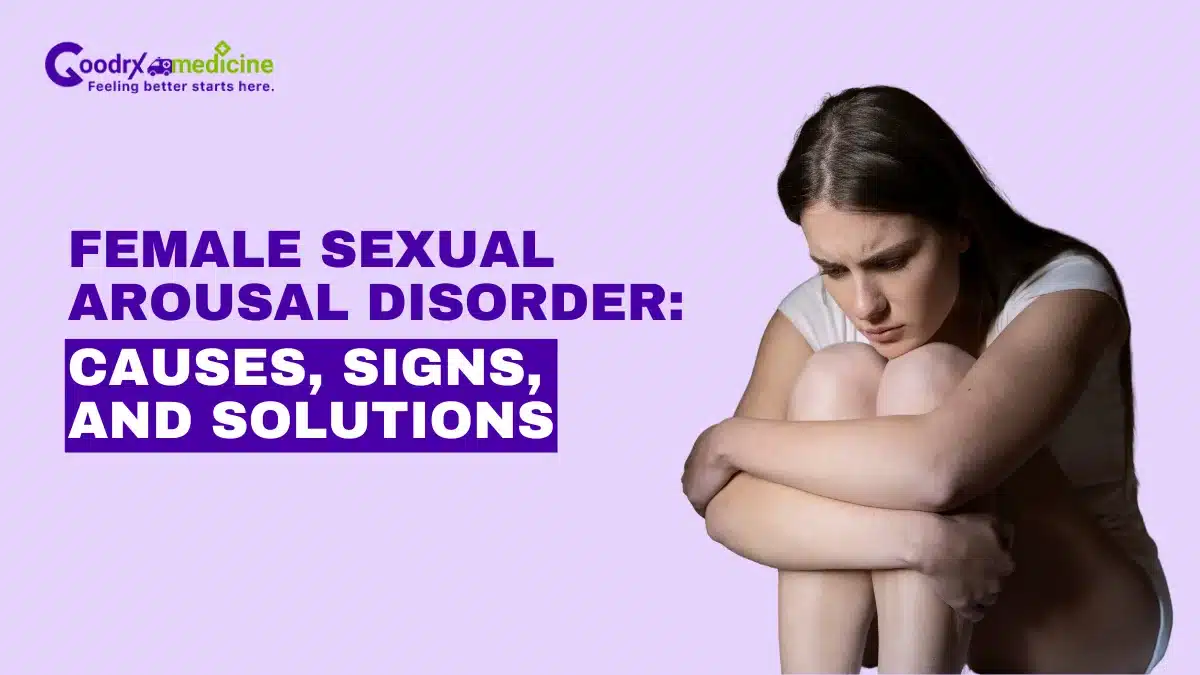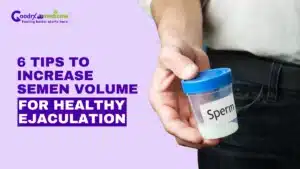Female Sexual Arousal Disorder (FSAD), now often included under the broader term Female Sexual Interest/Arousal Disorder (FSIAD), affects many women. FSAD is more common than many people think. It happens when a woman wants to have sex, but her body doesn’t respond the way she expects.
She may not feel wet, warm, or excited, even with touch or love. This can feel confusing, upsetting, or even scary. Many women go through this, especially during stressful times, after childbirth, or around Menopause.
The good news is that help is available, and things can get better. This article will explain what causes this condition, what signs to look for, and how to treat it. Keep reading to learn more.
What is Female Sexual Arousal Disorder?
Female Sexual Arousal Disorder is a type of Sexual Interest/Arousal Disorder in women. This
Female Sexual Dysfunction involves difficulty in becoming or staying sexually aroused. This can include physical signs like reduced genital lubrication or swelling, or a lack of mental excitement or pleasure during sexual activity.
The Diagnostic and Statistical Manual of Mental Disorders (DSM-5) defines Female Sexual Interest/Arousal Disorder as having at least three of the symptoms you will find listed later, like absence of interest in sexual activity, lasting at least six months and causing distress.
Save up to 90% on your medicine bills
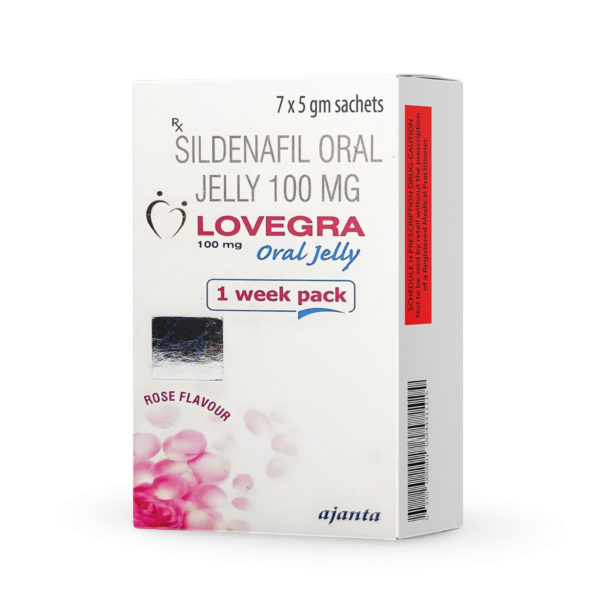
Lovegra Oral Jelly Rx 100 Mg
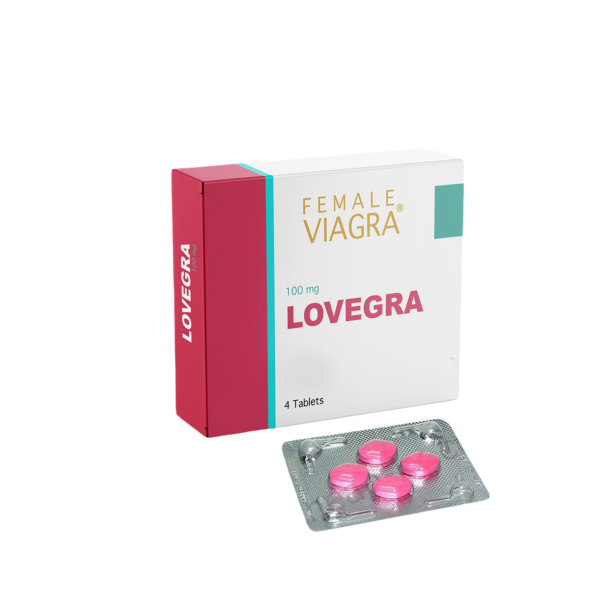
Lovegra 100 mg
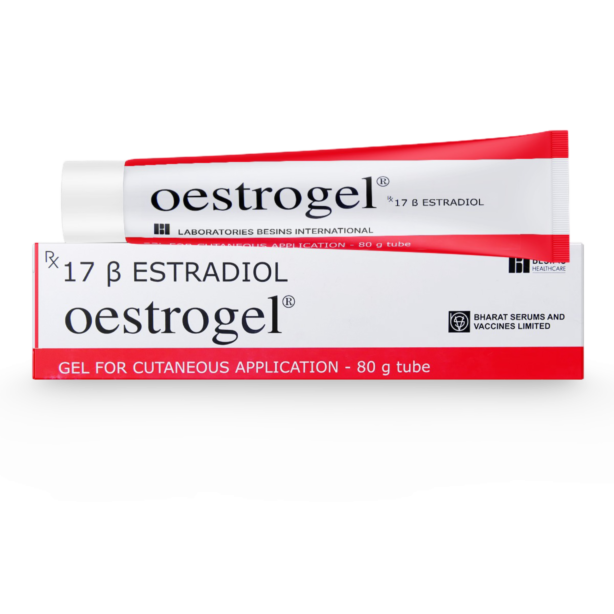
Oestrogel Gel 80 gm
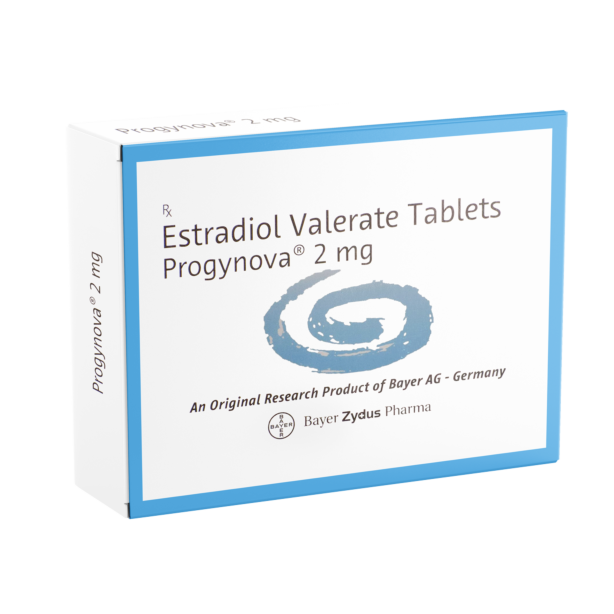
Progynova 2 mg
Types of Female Sexual Arousal Disorder
There are different ways this disorder can appear:
- Generalized vs situational: Generalized means symptoms occur in all situations and with any partner. Situational means symptoms happen only in certain situations or with specific partners.
- Lifelong vs acquired: Lifelong means the symptoms have been present since sexual activity began. Acquired means the symptoms developed after a period of normal sexual function.
Key symptoms of Female Sexual Arousal Disorder
You may notice some of these Female Sexual Interest Arousal Disorder symptoms:
- Little or no interest in sexual activity
- Few or no sexual thoughts or fantasies
- Difficulty becoming physically aroused or staying aroused during sex
- Reduced or no genital sensations or lubrication
- No response to sexual cues like touch, words, or visual stimuli
- Little or no initiation of sexual activity in a relationship
- Feelings of distress or frustration about these symptoms
Causes of Female Sexual Arousal Disorder
The causes of Female Sexual Arousal Disorder are often a mix of physical and psychological factors. Understanding these causes can help you and your healthcare provider find the proper treatment.
Biological factors in Female Sexual Interest Arousal Disorder include:
- Hormonal changes, especially during Menopause or after giving birth
- Medical conditions such as Diabetes, heart disease, or neurological disorders
- Side effects of medications, including some antidepressants or blood pressure medicines
- Reduced blood flow or nerve sensitivity in the genital areas
Psychological and emotional causes include:
- Stress, Anxiety, or Depression
- Past sexual trauma or abuse
- Negative beliefs about sex due to cultural, religious, or personal reasons
- Low self-esteem or body image issues
- Relationship issue or a lack of emotional connection
When to see a doctor for a diagnosis
If you experience Female Sexual Arousal Disorder symptoms for six months or more and they cause you distress, it’s essential to consult a healthcare professional. A doctor can determine if your symptoms meet the Female Sexual Arousal Disorder diagnostic criteria and rule out other causes, like medication side effects or medical conditions.
A diagnosis of Female Sexual Interest Arousal Disorder usually involves:
- Detailed discussion of your sexual history and symptoms
- Physical examination to check for medical issues
- Review of medications and lifestyle factors
- Psychological assessment, if needed
- Sometimes, the use of tests to check hormone levels or blood flow
Your healthcare provider will use this information to develop a personalized Female Sexual Arousal Disorder treatment plan.
Female Sexual Arousal Disorder treatment options
Treatment depends on the causes and your personal needs. Often, a combination of approaches works best.
Counseling and therapy
Therapy can be beneficial, especially when emotions or relationships are involved. Options include:
- Sex therapy or counseling may help address emotional and relationship issues. It can provide insight into female sexual arousal and improve communication.
- Cognitive-behavioral Therapy (CBT) can help diminish Anxiety and negative beliefs about sex.
- Couples therapy can enhance communication and intimacy. It focuses on trust-building and strengthening the connection between partners.
Medication
While specific Female Sexual Arousal Disorder medication is still under study, some treatments target underlying hormonal or psychological issues. Consult your doctor about potential options, such as:
- Hormone therapy: Estrogen or Testosterone treatments may help women with hormonal imbalances.
- Food and Drug Administration (FDA)-approved medications: VYLEESI (Bremelanotide) is approved for female sexual desire disorder and works by activating brain receptors related to sexual behavior.
- Other medications: Some antidepressants, like Bupropion, may improve sexual arousal but must be used under medical supervision.
Lifestyle changes and physical aids
Sometimes, simple changes and over-the-counter tools may ease some Female Sexual Arousal Disorder symptoms:
- Using lubricants or vaginal moisturizers can ease physical discomfort.
- Regular exercise and stress management improve overall well-being and sexual function.
- Devices like clitoral stimulators may enhance female sexual arousal.
Always consult a healthcare professional before starting any treatment. Discuss the benefits and risks, including possible side effects.
Conclusion
Female Sexual Arousal Disorder is a real and treatable condition that affects many women. It involves trouble getting or staying aroused, even when you want intimacy. This type of Sexual Interest/Arousal Disorder in women may show up as reduced lubrication, low desire, or lack of pleasure. It can be generalized, situational, lifelong, or acquired.
Common symptoms include low interest in sex, little physical response, and emotional distress. The causes are often hormonal changes, medical conditions, and emotional or relationship stress. If symptoms last more than six months, speak to a doctor.
Diagnosis includes medical and psychological evaluations. Female Sexual Arousal Disorder treatment may consist of therapy, hormone support, FDA-approved medications like VYLEESI, and lifestyle changes such as using lubricants and stress relief tools.
Always consult a healthcare professional to find the best approach for your needs. With the proper support, many women feel better and enjoy intimacy again.

Frequently Asked Questions
Why is it painful when I get turned on?
When you get turned on, pain can happen if your body is dry or not ready. This dryness can come from less natural wetness, medicines, or changes like after having a baby or Menopause. Tight muscles, infections, or worries can also cause pain. Using lubricant and relaxing can help.
What triggers female arousal?
Female arousal happens when your body and mind respond to things that feel exciting or close, like touch, thoughts, or feelings with a partner. Your heart beats faster, blood flows to your genitals, and you may feel wetness. Hormones, emotions, and feeling safe also help trigger arousal.
Which hormone causes sexual arousal in females?
The hormone that mainly causes sexual arousal in females is Estrogen. It helps boost sexual desire and makes the vagina more lubricated and sensitive. Testosterone also plays a role in boosting sexual interest and arousal. Both Estrogen and Testosterone work together to support a healthy sex drive in women.
What happens when a female is not sexually active?
If you’re not sexually active, your vagina may feel slightly drier or tighter due to lower moisture and stimulation. It won’t close up or harm your health. Regular stimulation can help maintain comfort and function. Sexual activity may also support mood and stress relief, but it’s not medically necessary.
How do I make my girl more sexually active?
To help your girl feel more interested in sexual activity, talk openly, hug and touch more, exercise together, try new things, and use lubricants if needed. Both of you eat healthy, sleep well, avoid smoking and alcohol, and be patient and kind to build love and trust.
When referencing outside resources, GoodrxMedicine always provides full citations. To learn more about the measures we use to maintain the quality of our content, please review our Content Information Policy.



